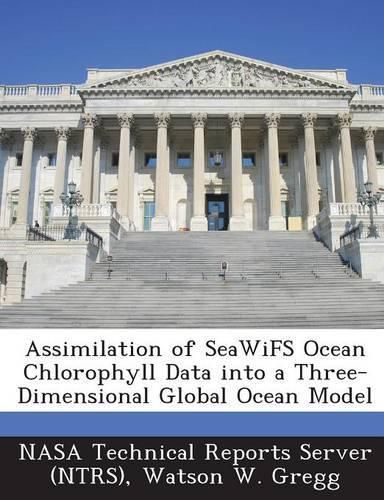Readings Newsletter
Become a Readings Member to make your shopping experience even easier.
Sign in or sign up for free!
You’re not far away from qualifying for FREE standard shipping within Australia
You’ve qualified for FREE standard shipping within Australia
The cart is loading…






Assimilation of satellite ocean color data is a relatively new phenomenon in ocean sciences. However, with routine observations from the Sea-viewing Wide Field-of-view Sensor (SeaWiFS), launched in late 1997, and now with new data from the Moderate Resolution Imaging Spectroradometer (MODIS) Aqua, there is increasing interest in ocean color data assimilation. Here SeaWiFS chlorophyll data were assimilated with an established thre-dimentional global ocean model. The assimilation improved estimates of hlorophyll and primary production relative to a free-run (no assimilation) model. This represents the first attempt at ocean color data assimilation using NASA satellites in a global model. The results suggest the potential of assimilation of satellite ocean chlorophyll data for improving models.
$9.00 standard shipping within Australia
FREE standard shipping within Australia for orders over $100.00
Express & International shipping calculated at checkout
Assimilation of satellite ocean color data is a relatively new phenomenon in ocean sciences. However, with routine observations from the Sea-viewing Wide Field-of-view Sensor (SeaWiFS), launched in late 1997, and now with new data from the Moderate Resolution Imaging Spectroradometer (MODIS) Aqua, there is increasing interest in ocean color data assimilation. Here SeaWiFS chlorophyll data were assimilated with an established thre-dimentional global ocean model. The assimilation improved estimates of hlorophyll and primary production relative to a free-run (no assimilation) model. This represents the first attempt at ocean color data assimilation using NASA satellites in a global model. The results suggest the potential of assimilation of satellite ocean chlorophyll data for improving models.